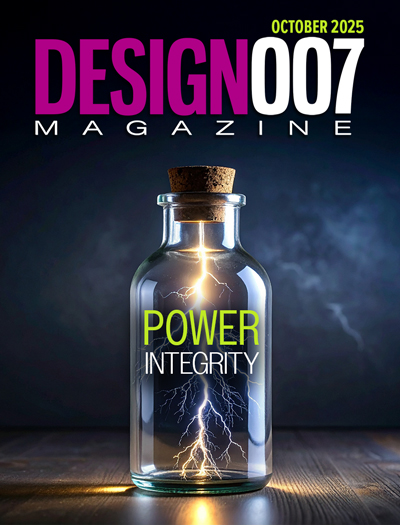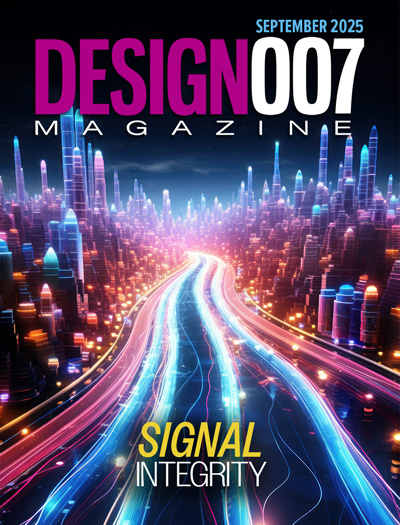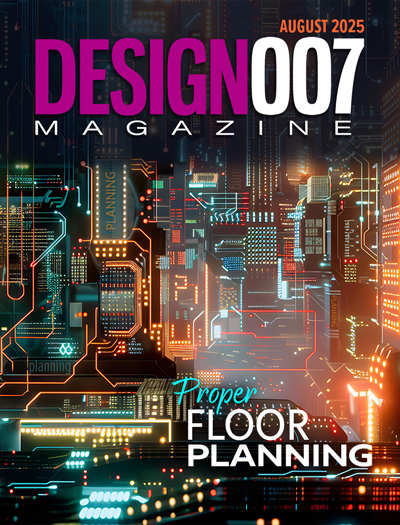-

- News
- Books
Featured Books
- design007 Magazine
Latest Issues
Current Issue
Power Integrity
Current power demands are increasing, especially with AI, 5G, and EV chips. This month, our experts share “watt’s up” with power integrity, from planning and layout through measurement and manufacturing.

Signal Integrity
If you don’t have signal integrity problems now, you will eventually. This month, our expert contributors share a variety of SI techniques that can help designers avoid ground bounce, crosstalk, parasitic issues, and much more.

Proper Floor Planning
Floor planning decisions can make or break performance, manufacturability, and timelines. This month’s contributors weigh in with their best practices for proper floor planning and specific strategies to get it right.
- Articles
- Columns
- Links
- Media kit
||| MENU - design007 Magazine
Estimated reading time: 1 minute
Rooting Out the Root Cause
When your measured trace impedance is significantly different from the calculated/modeled trace impedance, be careful before jumping to conclusions.
Sometimes, your intuition can lead you astray—especially when analysing engineering problems. This makes it worth taking a step back to consider possible alternatives. Maybe, as my colleague Neil Chamberlain puts it, “That came from left field!”
I’ll set the scene for this month’s column topic with a non-electronics experience of my own. Polar Instruments is based on a small island with tiny roads lined with unforgiving stone walls that make driving an interesting challenge. Because I need to take equipment to shows and visit customers occasionally, I use a minivan for my commute—despite its unsuitability in local traffic. Recently, my wife persuaded me to look for an alternate vehicle—something that is small, economical, reliable, and practical. After several weekends of hunting the new and used car lots, we came to the conclusion that although there were plenty of possibilities, nothing had leapt out and said “Buy me!” The cars we were seeing only fulfilled one of the criteria each. Being an engineer at heart I suggested to my wife that we replace “and” with “or” and run the math again in our heads: small or economical or reliable or practical. With an “or” function, only one criteria has to be true for a “Yes!” outcome. We found that car, and I asked my wife, “Shall I buy it?” She replied, “I am not saying yes and I am not saying no,” which I took as a maybe, and I bought it for myself on impulse. It didn’t really help that it happened to be her birthday, but it was pure coincidence; and I wasn’t going to lose the car to another buyer.
Again, my wife gently reminded me that the last time I bought a 10-year old car on impulse it ended badly with a burst transmission intercooler filling the gearbox with rusty water at 3 a.m. with two young children asleep in the car in the middle of nowhere.
Continue reading this article where it first appeared: The PCB Magazine, August 2013 issue.
More Columns from The Pulse
The Pulse: Design Constraints for the Next GenerationThe Pulse: Ultra Upgrade Unknowns—What’s Coming for UHDI?
The Pulse: Commonsense Cost Cutting
The Pulse: Overconstraining: Short, Slim, and Smooth
The Pulse: Drilling Down on Documentation
The Pulse: New Designer’s (Partial) Guide to Fabrication
The Pulse: Simplest Stackups Specified
The Pulse: Rough Roughness Reasoning


